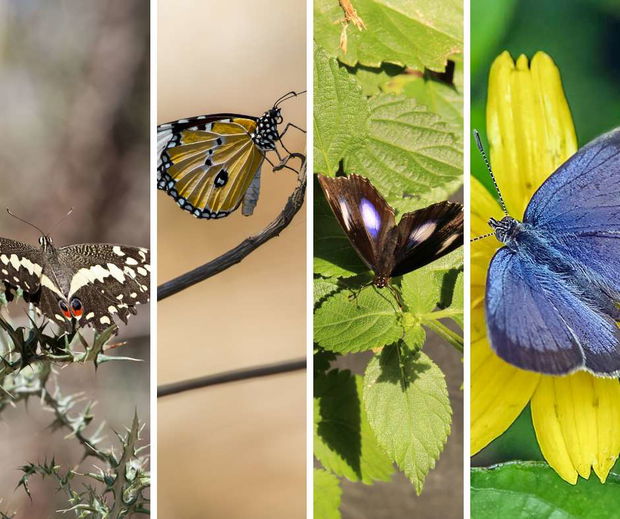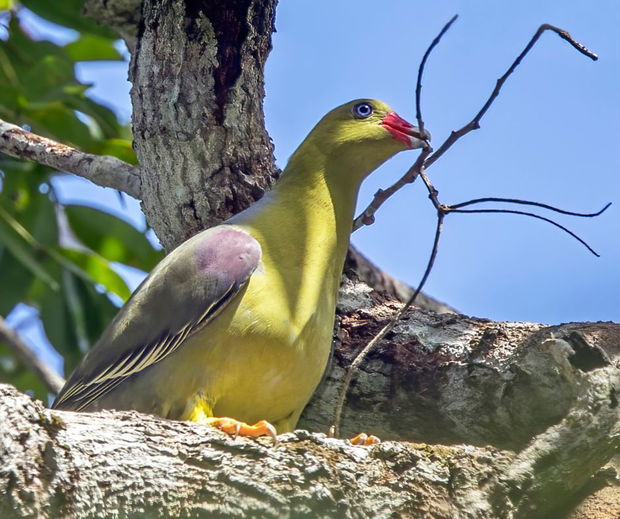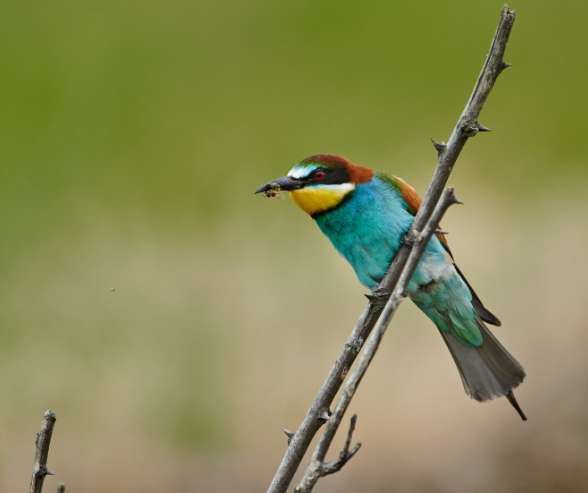Fauna and Flora of Kruger National Park
The Warthog: Adaptable Survivor of the Savanna
Discover the quirky charm and ecological role of warthogs in Kruger National Park and Marloth Park. Learn about their habits, social lives, and where to spot them near Needles Lodge.
Butterflies of the Lowveld: Jewels of the Bushveld
Discover the butterflies of the Lowveld — colourful, resilient, and vital to the bushveld ecosystem around Needles Lodge and Marloth Park.
Jackalberry: Shade Tree of the Riverine
Discover the Jackalberry tree (Diospyros mespiliformis) in Marloth Park and Kruger — its ecology, wildlife role, conservation, and why you’ll remember it on safari.
The European Bee-eater – A Jewel Over the Bushveld
Discover the vibrant European Bee-eater in Kruger National Park. Learn about its migration, hunting behavior, and where to spot it during your stay at Needles Lodge in Marloth Park.
The Quiet Custodians – How Rodents Keep the Kruger Bush Balanced (and Fed)
Discover how rodents in Kruger National Park play a vital role in maintaining ecosystem balance. Learn about their habits, importance, and how to spot them near Needles Lodge in Marloth Park.








Share This Page